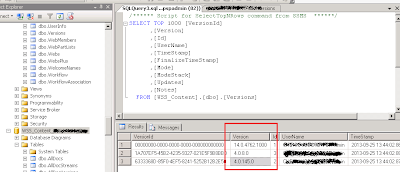How are NewsFeeds Created and Stored in Sharepoint 2013
How are NewsFeeds Created and Stored in Sharepoint 2013
In SharePoint Server 2013, the newsfeed (or just simply the feed) displays activity information to users. Users access the feeds from a user's My Site. In SharePoint Server 2013, a user's My Site has several feeds available from which to choose. These different feeds show different views of activity information by filtering or pivoting on activity metadata. The different feeds available to users from their My Sites include the following:
- Newsfeed
- Everyone
- Activities
- Mentions
- Likes
How are Feeds Created - All Activities are written to the Distributed Cache.The microblog features and feeds rely on the Distributed Cache to store data for very fast retrieval across all entities. Feeds mainly Rely on the following two Caches from Distributed Cache service.
- "Feed Cache" that Stores recent activities and recent conversations for all entities
- "Last Modified Time Cache" which is used to determine the last modified time for all items in the Feed Cache.
The feed queries the Last Modified Time Cache to retrieve time stamp information and metadata of recent activities.This information is then used as input to query the Feed Cache to retrieve activity data.The requested Microblogging feed is then constructed by using the activity data retrieved from the Feed Cache.
How are Feeds Stored - Some activities are saved to the content databases. If the activity is a user activity or site activity, the activity is saved to the My Sites content database. If the activity is a site feed activity, the activity is saved in the team sites content database. Tags and document activities are not saved to content databases.
Source : http://preachingsharepoint.blogspot.in/2012/11/how-are-newsfeeds-created-and-stored-in.html

Comments
Post a Comment